As vehicles become increasingly equipped with advanced technology, the financial implications of maintaining and replacing these features are becoming a significant consideration for car owners. The array of high-tech components in modern cars not only enhances the driving experience but also poses challenges in terms of cost and maintenance. Understanding the costs associated with these technologies can help car owners make informed decisions and explore strategies to manage these expenses effectively.
The Rise of Advanced Tech in Cars
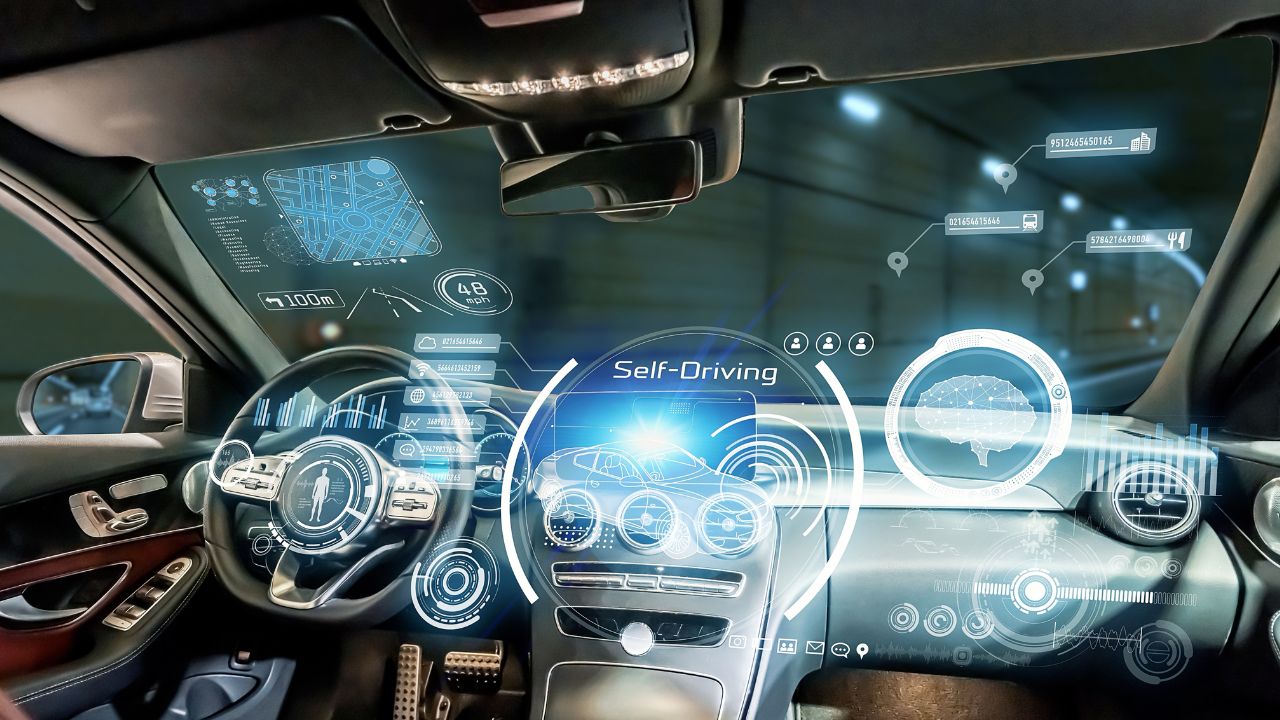
The last decade has witnessed a remarkable evolution in car technology. Features once considered futuristic, such as lane departure warnings and adaptive cruise control, are now standard in many vehicles. Today, cars are equipped with sophisticated systems like infotainment units with voice recognition, heads-up displays, and advanced driver-assistance systems (ADAS) that make driving safer and more convenient.
These technological advancements have significantly impacted the driving experience. For instance, Tesla’s Autopilot system offers semi-autonomous driving capabilities, enhancing safety and reducing driver fatigue. Similarly, features like automatic emergency braking and blind-spot monitoring have become critical in preventing accidents. As technology progresses, the role of these systems in ensuring safety and comfort continues to grow, highlighting their importance in modern vehicles.
Common Advanced Tech Components and Replacement Costs
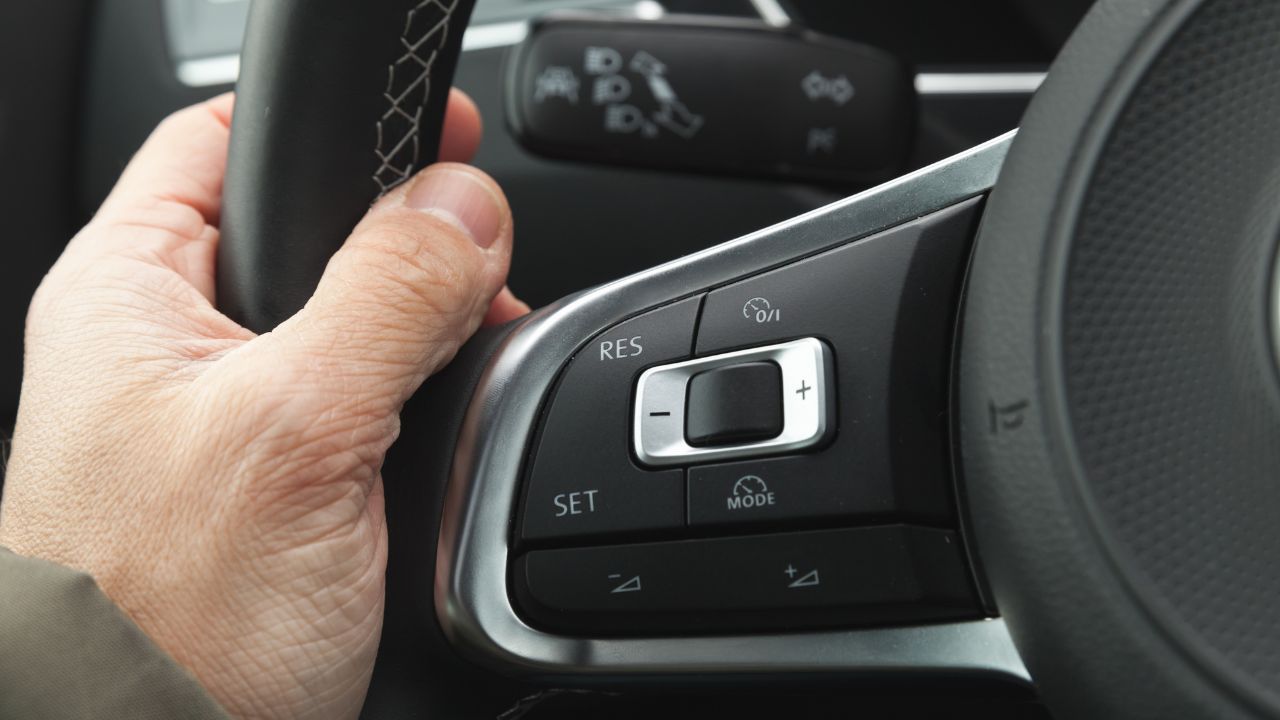
One of the most common high-tech components in cars today is the infotainment system. These systems provide a range of functionalities, including navigation, entertainment, and communication. For example, the Uconnect system found in Chrysler, Dodge, and Jeep vehicles offers a user-friendly interface and a variety of features. However, replacing an infotainment system can cost anywhere from $1,000 to $3,000, depending on the model and features.
Advanced driver-assistance systems (ADAS) are another critical component in modern cars. These systems include features like adaptive cruise control, lane-keeping assist, and traffic sign recognition. The cost of repairing or replacing ADAS components can vary significantly. For instance, replacing a single radar sensor, which is often part of the adaptive cruise control system, can cost up to $1,500. Furthermore, the calibration required after installation can add several hundred dollars to the total expense.
Factors Influencing Replacement Costs
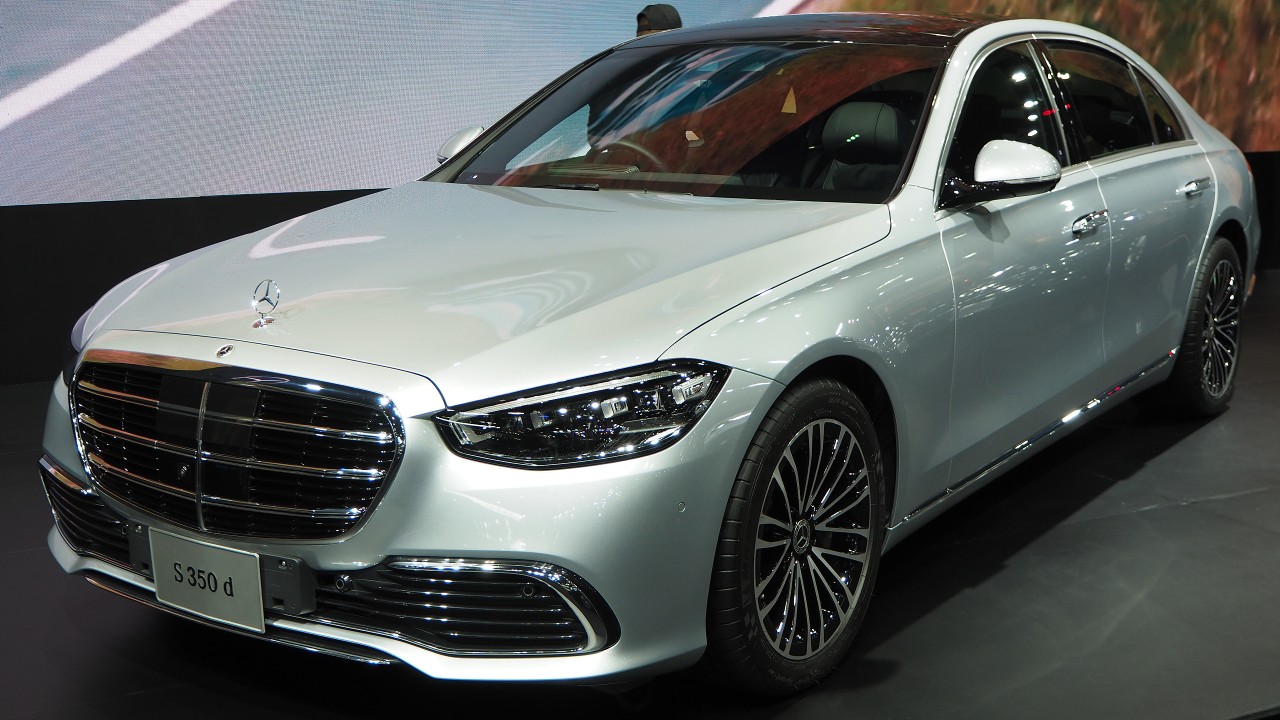
The cost of replacing tech components in cars can vary widely based on the manufacturer and model. Luxury brands like Mercedes-Benz and BMW often incorporate cutting-edge technology in their vehicles, which can lead to higher replacement costs. For example, a replacement for a Mercedes-Benz COMAND infotainment system can cost significantly more than a similar system in a non-luxury brand like Toyota.
Availability and sourcing of parts also play a crucial role in determining replacement costs. Some tech components are brand-specific, making them harder to source and more expensive. Global supply chain issues, exacerbated by events like the COVID-19 pandemic, have further complicated the availability of these parts, often leading to price increases.
Strategies to Mitigate Replacement Costs

Car owners can take several steps to mitigate the costs associated with replacing high-tech components. One effective strategy is to invest in comprehensive insurance coverage that includes high-tech features. Many insurance providers offer policies that cover the repair and replacement of tech components, providing financial relief in the event of a failure.
Regular maintenance and software updates are also crucial in prolonging the lifespan of tech components. Keeping software updated can prevent system failures and improve performance. For instance, Tesla regularly provides over-the-air updates that enhance the functionality of its vehicles, reducing the need for costly replacements. Routine maintenance, such as cleaning sensors and checking connections, can also help prevent issues before they become significant problems.
Future Trends and Considerations
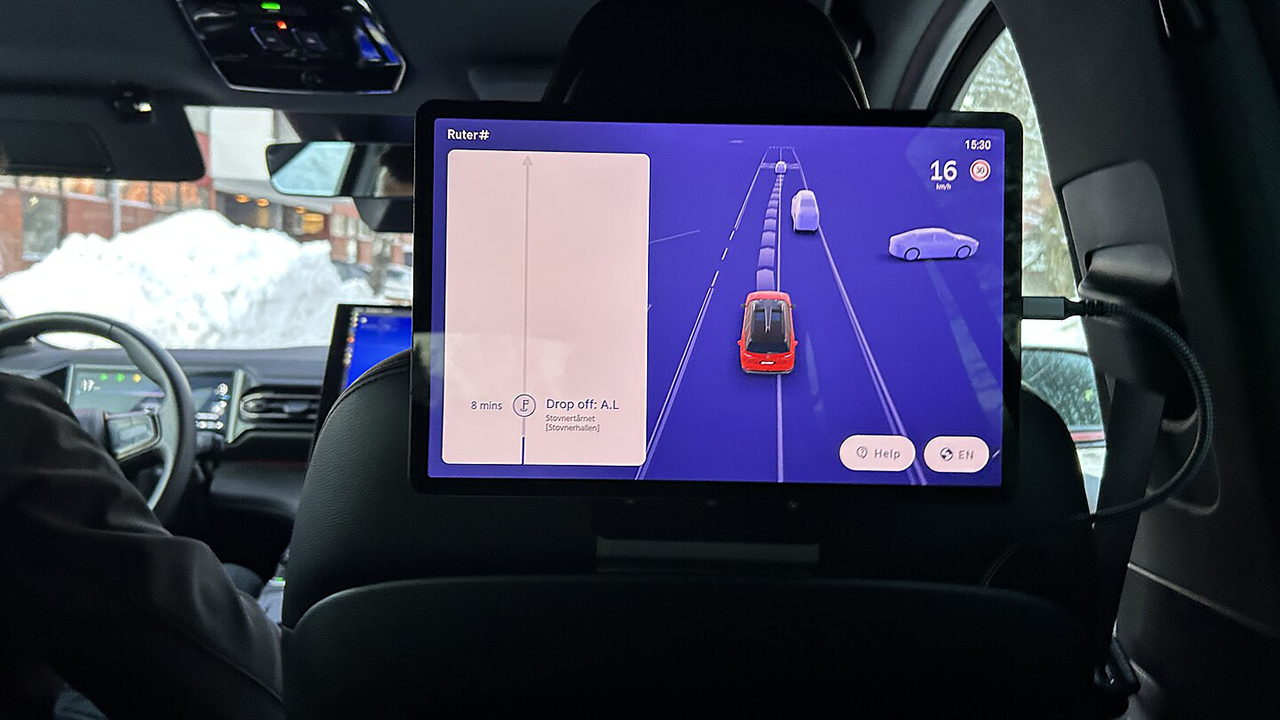
As car technology continues to evolve, the cost dynamics of replacing tech components are likely to change. Future advancements such as fully autonomous vehicles and more integrated connectivity systems are expected to drive innovation and cost adjustments. For example, the shift towards electric vehicles may lead to new types of tech components that require different maintenance approaches.
Consumer adaptability and market shifts also play a significant role in shaping the future of car technology. As consumers become more accustomed to high-tech features, demand for these components is likely to increase, influencing market trends. The integration of technology in vehicles is expected to continue growing, making it essential for car owners to stay informed about potential cost implications and strategies for managing them effectively.
Like Fast Lane Only’s content? Be sure to follow us.
Here’s more from us:
*Created with AI assistance and editor review.


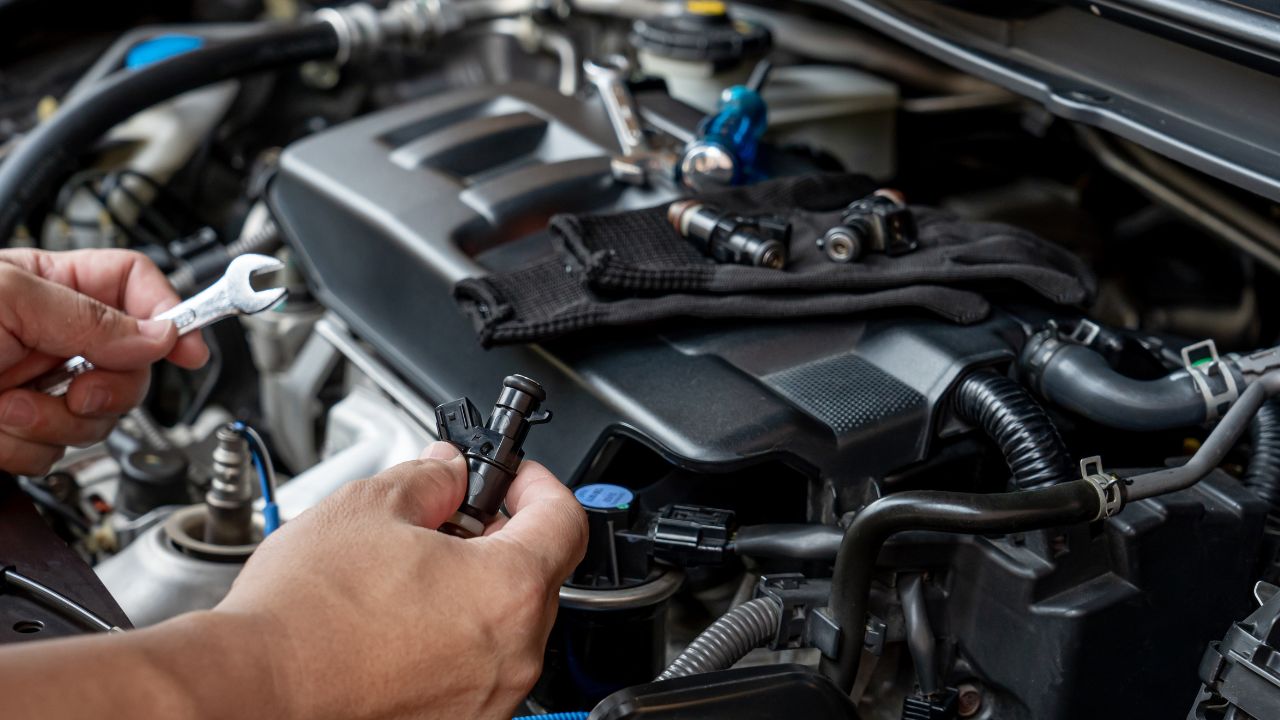

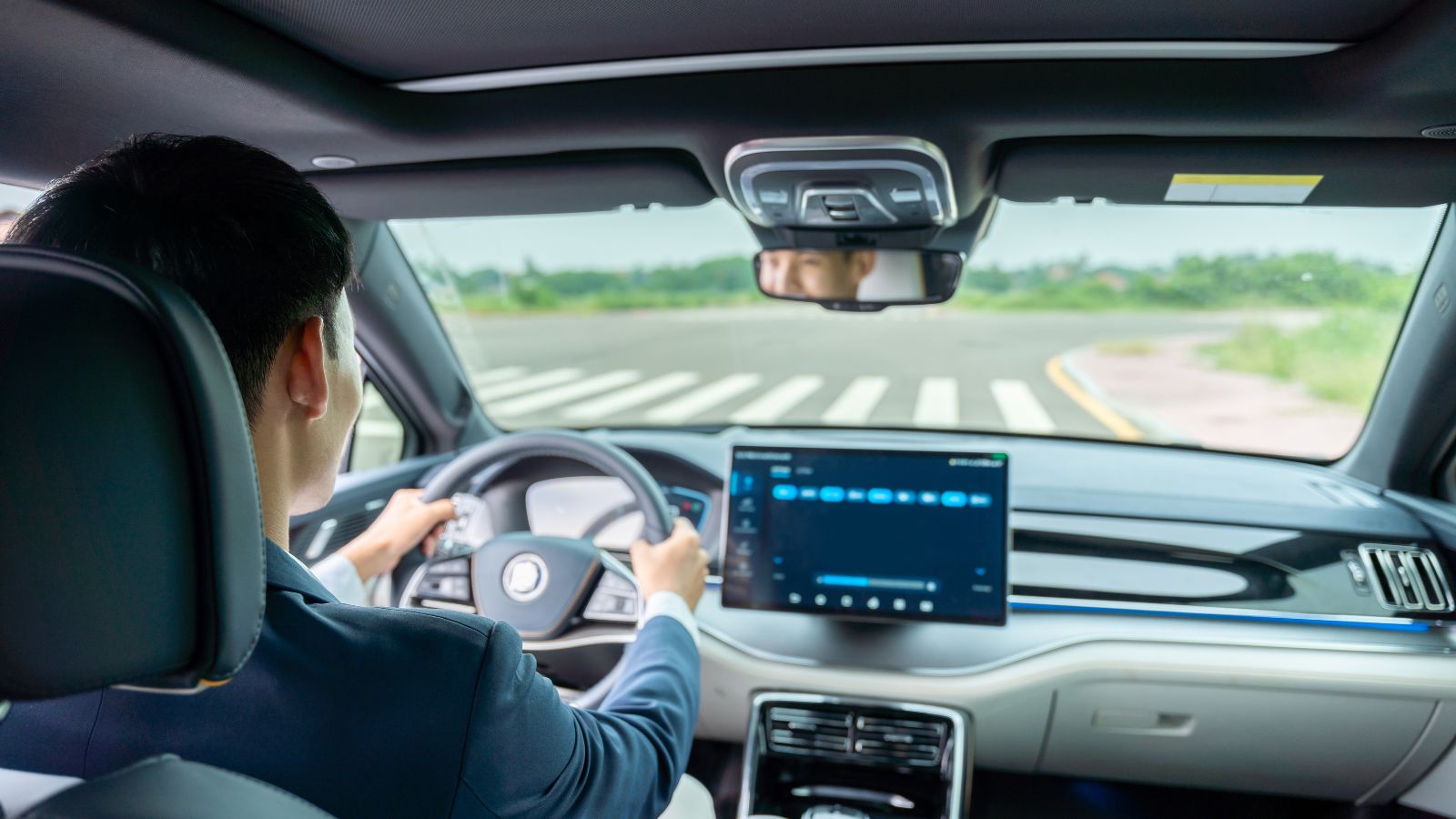

Leave a Reply